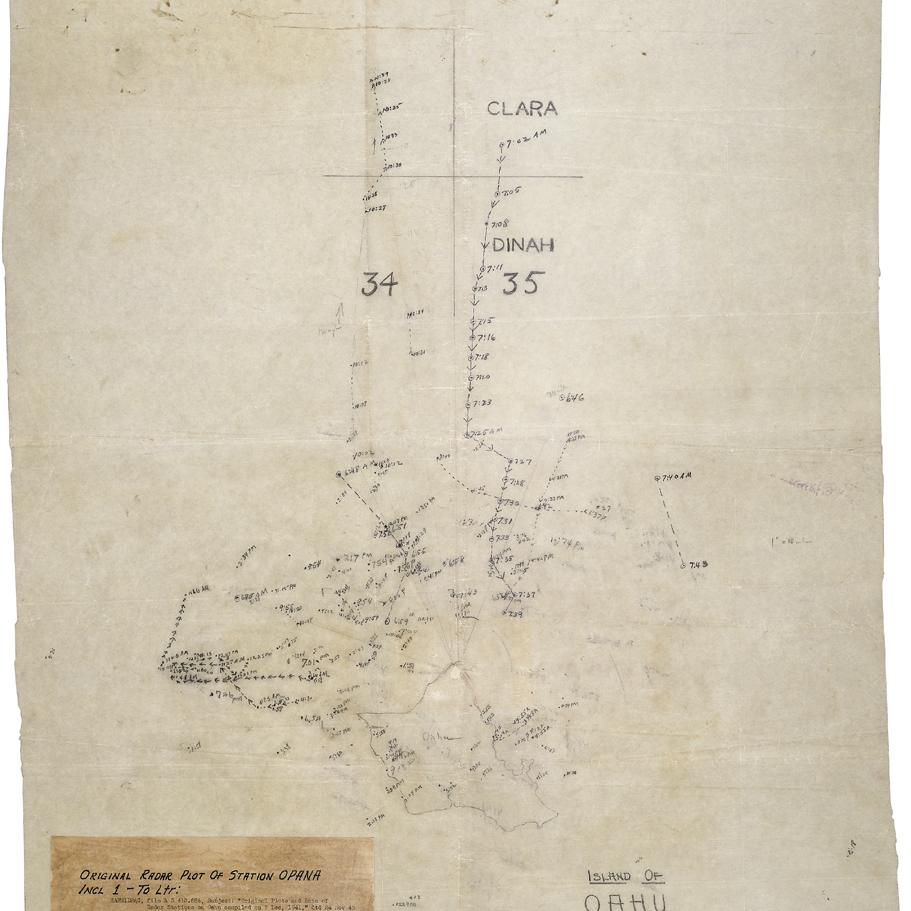The Japanese screwed up. Big time.
Sure, they did score a tactical victory by sinking the battleships of the U.S. Pacific Fleet — ships that had only recently been moved out to Hawaii from San Diego as a show of force. But their victory was in many ways their first defeat.
Most importantly, they didn’t get the U.S. aircraft carriers. Our carriers, which would be replace the battleship as the most important capital ship of the war, were out of the harbor. The U.S.S. Enterprise, which would lead a storied career during the war, was delayed by a storm. Fate has a way of turning the tides of war.
There was no third wave. That left the dry docks, the oil tanks and the submarine base untouched. The dry docks would be very busy as the U.S. rose back up from the mud of Pearl Harbor. All the battleships except to the U.S.S. Arizona and U.S.S. Utah (an obsolete target ship) were raised. Of those, all returned to combat except for the U.S.S. Oklahoma. If the oil tanks had been hit, we’d have been out of the war for a year. And the subs? They arguably became one of the most important parts of the Pacific War — they crippled Japan’s economy.
Pearl Harbor led to the Doolittle Raid which freaked the Japanese out so badly they tried to set a trap for the U.S. carriers at the Battle of Midway. We won a huge victory there which turned the tide of the war.
Fate. Decisions. Resilience. So many lessons can be learned from Pearl Harbor. It was the spark that lit the fire that forged our nation. It’s important to remember that in our own lives. When we have our own days that will live in infamy, how will be respond? Will we rise up or give up?

